The second overprint issue stayed in circulation for over 18 months before the postal authorities issued a third overprint version that was designed to be even more legible than the first and second one. It showed a larger “10d” and “20d” in rectangular boxes. This time the authorities apparently issued instructions to execute these overprints in black only as the few red versions that appear are all very rare and hence probably represent errors. Why these overprints were done in May of 1956 is not known as these overprinted stamps had no more postal application than the second overprint. The standard domestic letter rate as of May 1, 1953 was already 100 New Dong (80 New Dong for post cards) so it is very likely that these stamps were simply used as supplements to compensate for unusual weight levels. Catalogues are still pretty deficient in listing all existing stamps.
Michel Nr. 39aII but with an inverted overprint on the top right.
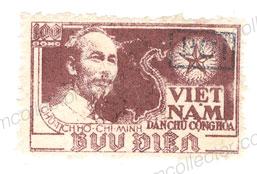
Detailed scan of the affected area

This is a yet unlisted item. It is the 100 Dong in brown but imperforate
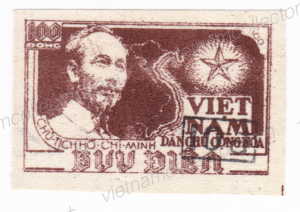
Michel Nr. 39bI and 39bII (Imperforate 100 Dong lilac-brown)
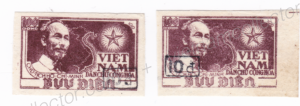
Here are additional unlisted varieties that probably represent overprint errors. The base stamp is the 100 Dong brown perforated but this time with a red overprint (I and II)
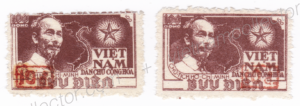
At least one of these stamps in brown with the red overprint also exists imperforate (very rare):
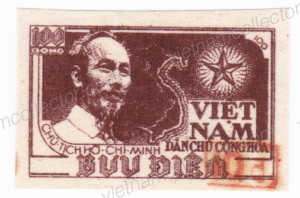
This is also an unlisted variety (100 Dong lilac-brown) overprinted in red on the left:
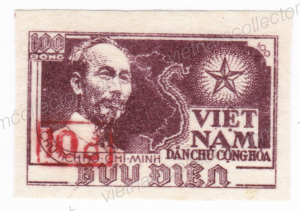
Michel Nr. 40aI is listed but not yet the overprint in the right corner (Michel Nr. 40aII).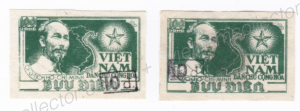
This is Michel Nr. 40bI (40bII is shown below in air with a missing overprint)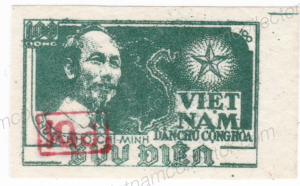
These are Michel Nr. 41aI and 41aII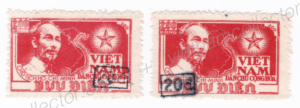
Here is a mint block of ten of Michel Nr. 41aI (the most common of these overprints) that clearly shows the manual nature of the overprint:
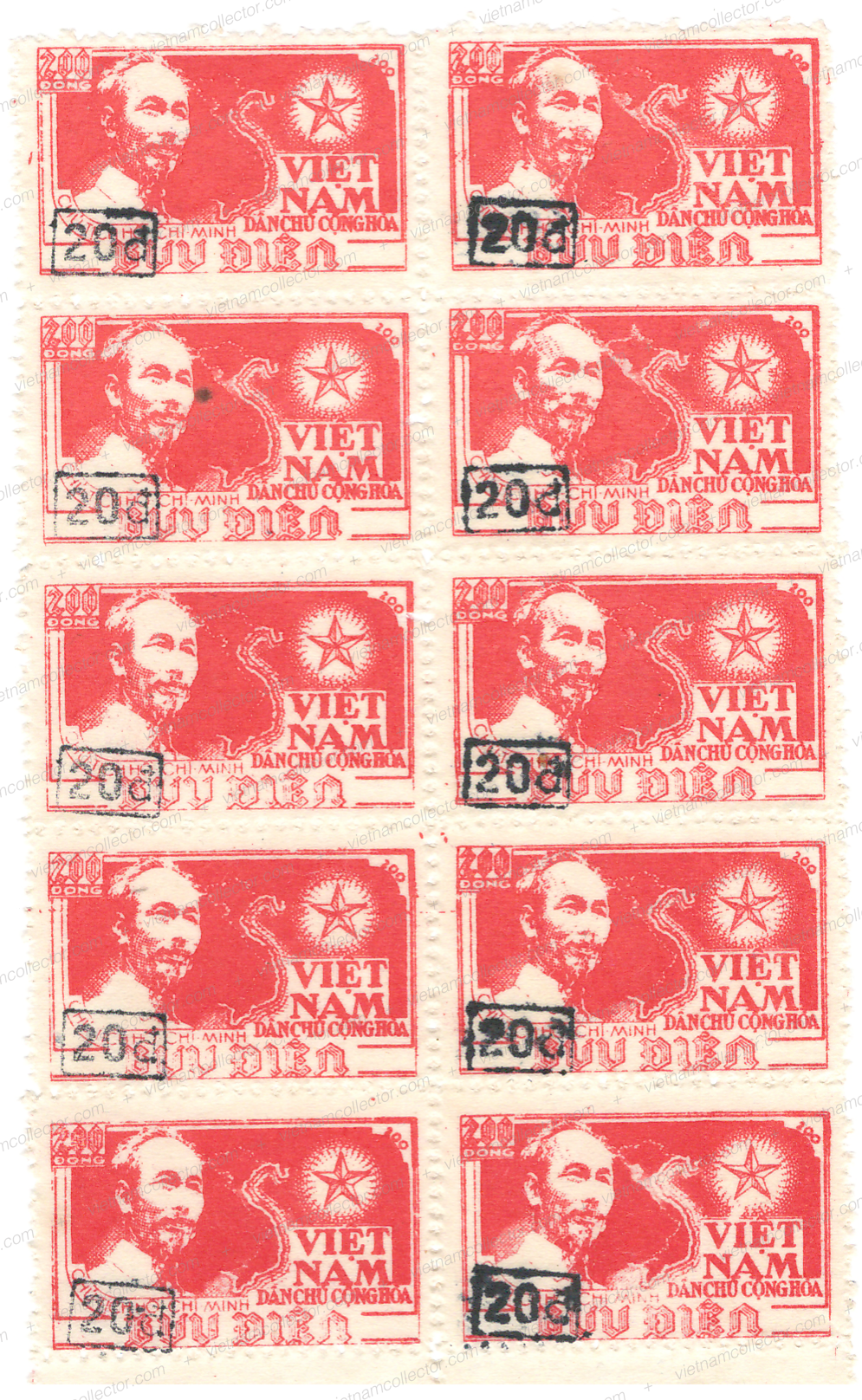
This overprint suggests the unlisted Michel Nr. 41bII in carmine but the shape of the overprint indicates that this is likely an overprint forgery. Note the different shape of the “20” and the slanted line on top of the “d”
These are two varieties that are yet unlisted in Michel. It is the 200 Dong brick-red colored stamp with a red overprint. Since it made little sense to use a red overprint on a stamp with a red base color these stamps probably represent errors. 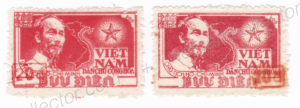
Below is a very rare block of four of the same unlisted variety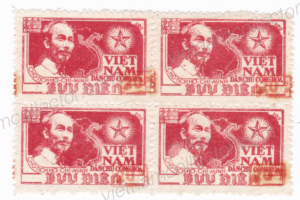
There are a few other varieties that are without doubt errors. Below is a pair of the 20d on 200 Dong overprint in red with the left overprint being upside down.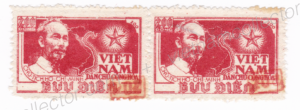
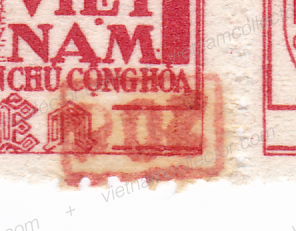
Here is a pair of the 100 Dong green base stamp with one stamp missing the red overprint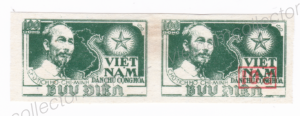
Below is a rare double overprint of 10D on 100D green in red.
Beware of fake overprints that often try to mimic errors such as double overprints or upside down overprints. Here are a few examples of forged overprints. They are typically larger than the originals. Below is a forged 10D on 100 Dong green. Notice the different shape of the “d” and the larger box of the overprint.
Below is a forged 20D on 100D green forged overprint. This overprint is not only a fake it also makes no sense as the devaluation was 1:10 and not 1:5 as this overprint suggests.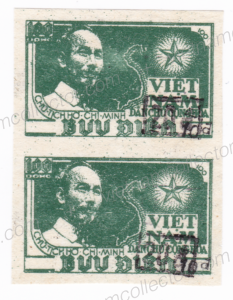
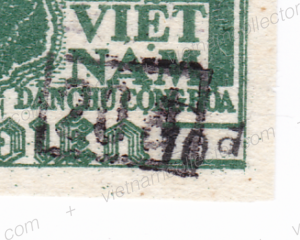
Here is a counterfeit 10D on 100 Dong green overprint. Notice the larger numbers and larger box of the overprint . Also the red color has not oxidized and soaked into the stamp as on the originals.
Below is another nonsensical forged overprint of 20D on 100 Dong green. Again, the numbers and the box are larger and the overprint color is not properly aged.
Here is another, rather crude forgery. Notice the very different design of the “d” behind the number.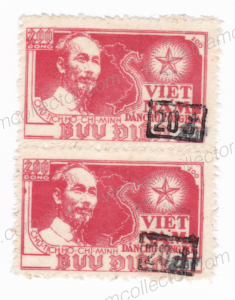
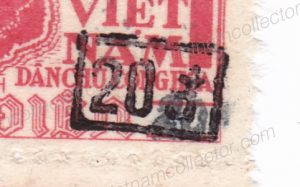
Since the stamps had little postal application, used examples virtually do not exist. in over 25 years of Vietnam collecting activity the author has “amassed” a mere two stamps! They were contained in old collections purchased from Eastern Europe. Michel either lists used samples with -.- (cannot be priced due to lack of market activity) or the same as mint stamps. Clearly that makes no sense. All used stamps should be valued with -.- as there are simply no stamps off cover that are offered in the market place. Letters with these stamps do exist but they are exceedingly rare. They are often traded from one collector to another, so never see the open market but once in a while a sample is offered by large auction house. Expect to pay between $750-1,000 for a genuine letter bearing just one of these stamps.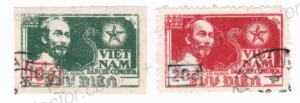
Below is a local letter that was most likely philatelically inspired. It features one 10D on 100 Dong brown overprinted on the left (Michel Nr. 39 IaI). The adhesives added up to a total postage of 110 Dong which was 10 Dong over the required postage at that time.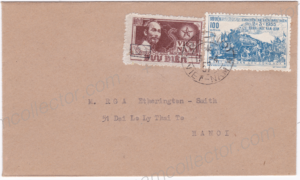
Here is a very rare early letter to the former East Germany. It was sent by an East German staying in Hotel Lam Son in Hanoi to a relative. The postage is a mixed franking of various early NVN stamps among them the rare 20D on 200 Dong carmine (Michel Nr. 41bI-yet unlisted). The overall postage was 580 Dong which was slightly above the 300 Dong surface rate plus the 270 Dong air mail surcharge for letters to East Germany from that period. So, it must have been slightly heavier than what the base tariff allowed for.
Another letter from the same correspondence, an East German Doctor staying in the Lam Son Hotel in Hanoi and addressed to his personal assistant in East Berlin. It is another mixed franking. This time of the brick red Michel Nr. 41aI, the 500D Railway and 50D Agrarian Reform stamp paying an overall postage of 570D which is the correct tariff for an air mail letter at that time.
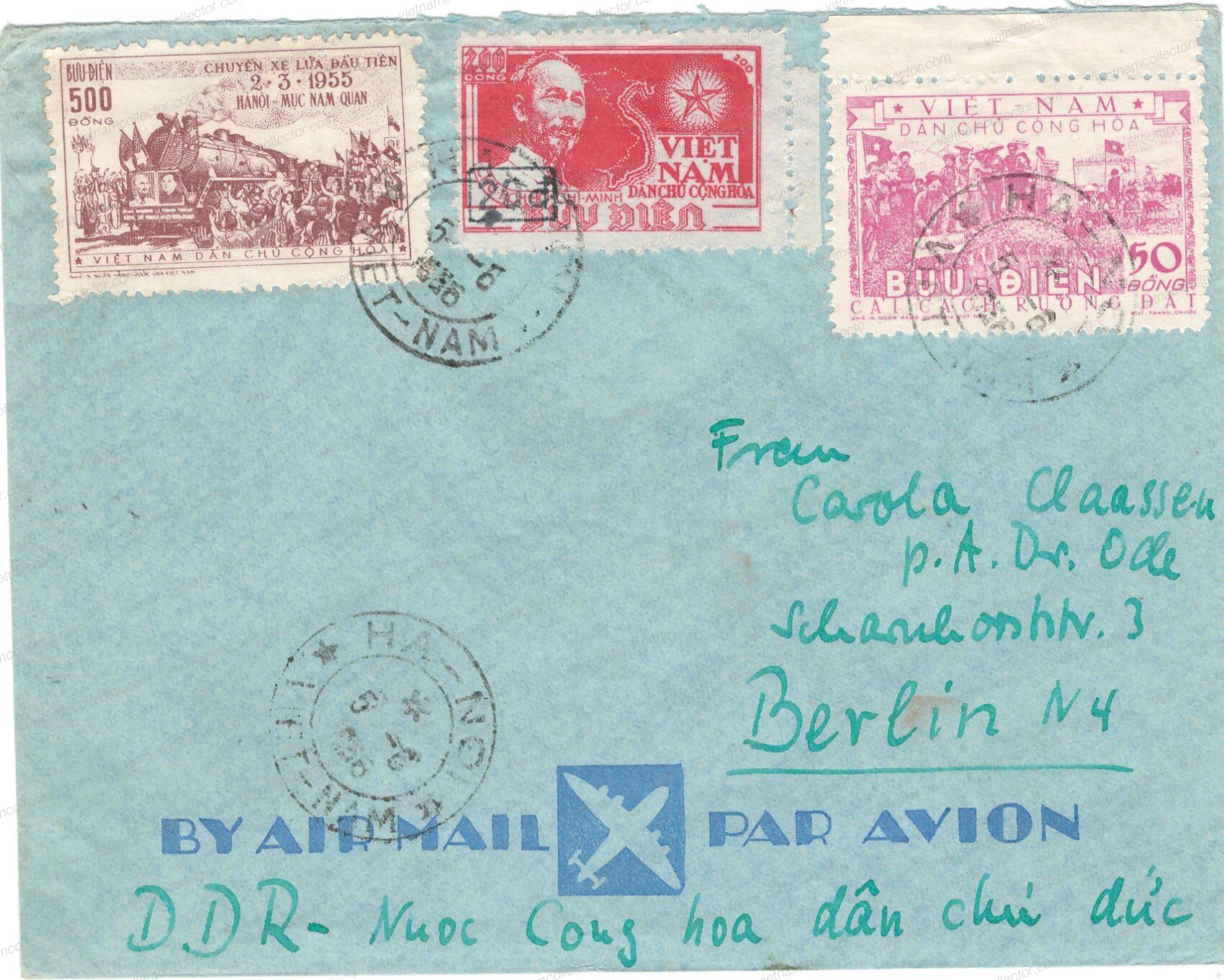
Below is a letter from October 1956 to Czechoslovakia. It is franked with a mixed franking of various early NVN stamps among them a pair of 20D on 200 Dong brick red (Michel Nr. 41aI). Overall franking amounted to 590 Dong. The base letter rate at the time to Czechoslovakia amounted to 300 Dong plus a surcharge of 260 Dong for the first 5 grams for air mail delivery for a total of 560 Dong. Given that the letter carried 590D in postage it must have been heavier than 5g. 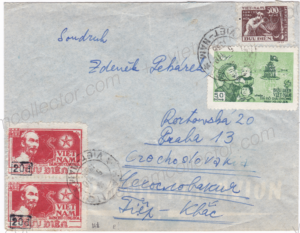
Spectacular franking of all three overprint values (Michel Nr. 39bI, 40aI and 41aI) on a registered air mail letter to West Germany. One, of only two letters known to exist carrying all three values at the same time. This cover dated January 27th, 1957 is one of the earliest letters from North Vietnam to West Germany and carries a total of 1,540 Dong in postage (ex Klewitz). The base letter rate to East Germany amounted to 300 New Dong, the air mail surcharge for a 5 gram letter was 350 New Dong and the fee for registration was 600 New Dong. This letter probably contained a stamp shipment that Theo Klewitz obtained from his local contact in Hanoi, so it is impossible to guess its weight. Klewitz was a frugal fellow so there is no reason to believe that this letter was over-franked. Clearly postally used and unique 3 color combination of this very rare issue.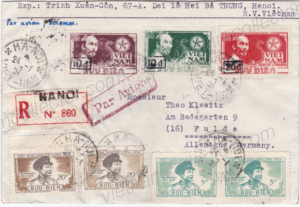
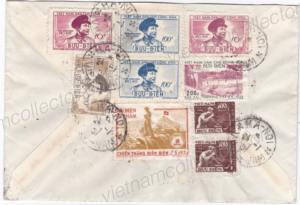
Mixed franking of Michel Nr. 39a I and 40a I together with various early North Vietnamese stamps denominated in “Old” Dong mailed in December of 1960 from Hanoi by a member of the East German Embassy to a Governmental Office in East Berlin. The overall postage amounted to 1,200 “Old” Dong which were devalued 1,000:1 on March 1st, 1959 and hence only worth 1.2 New Dong at the time of mailing. The standard letter rate between Vietnam and fellow socialist countries in the West for a 20 gram letter only amounted to 12 xu (i.e exactly a tenth of the affixed postage) so the sender probably made a conversion error or simply over-franked the letter for philatelic purposes. The letter carries also the 40 Dong Service stamp from the 1955 Land Reform set. Foreign embassies were able to procure service stamps that were normally limited to Government offices.
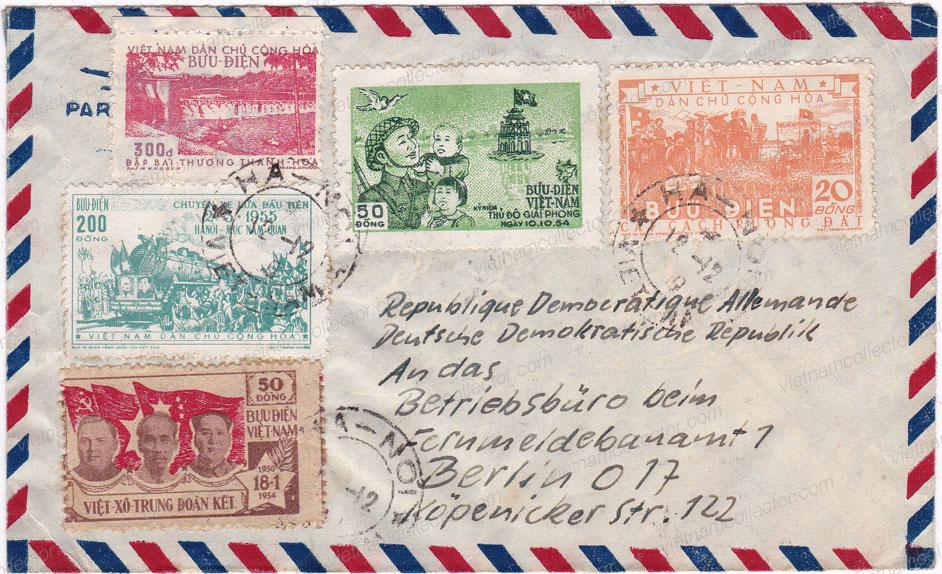
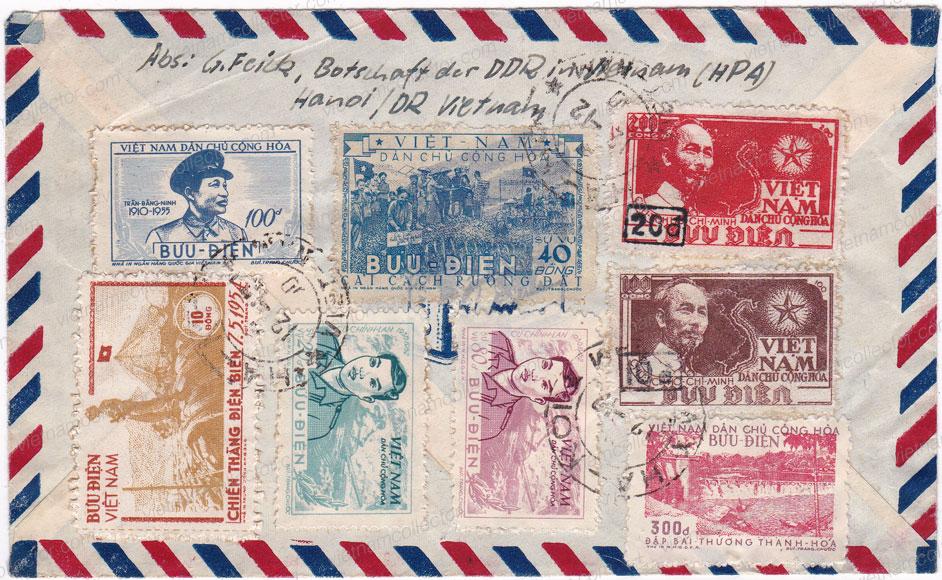
Registration Nr. 100030

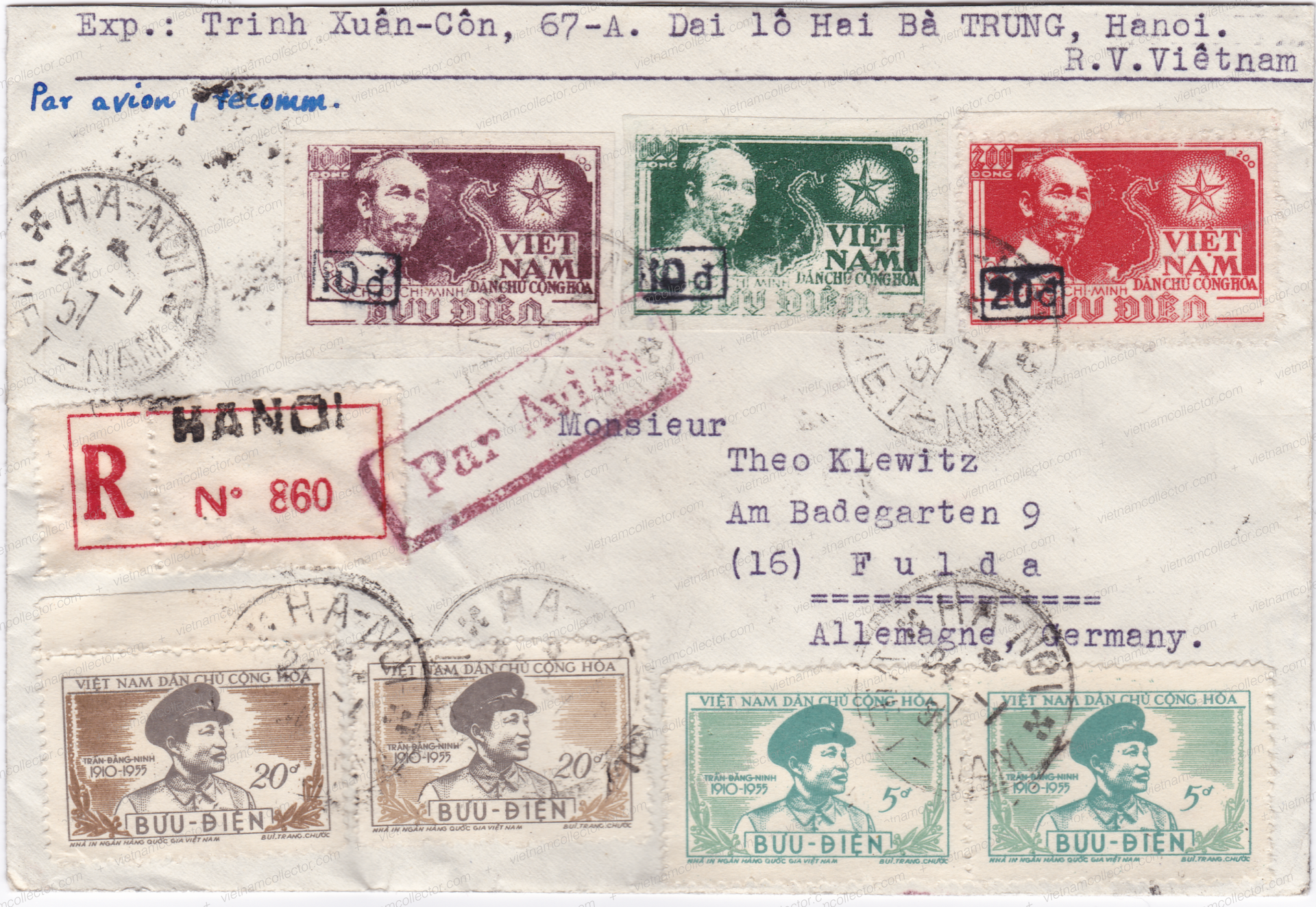
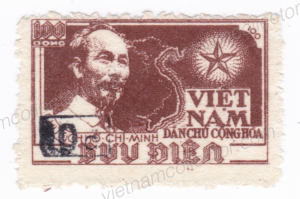
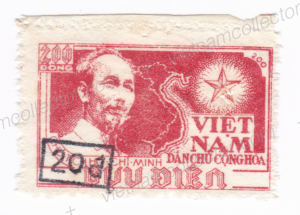
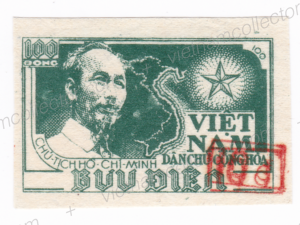
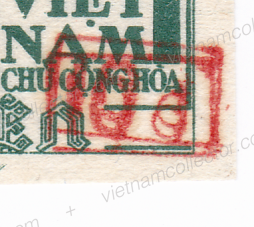
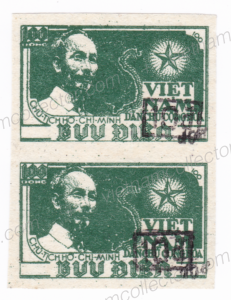
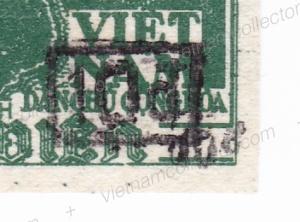
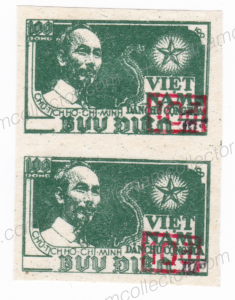
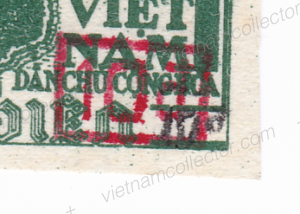
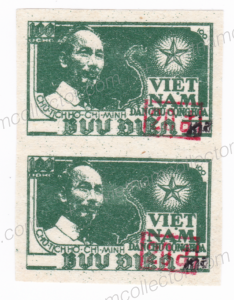
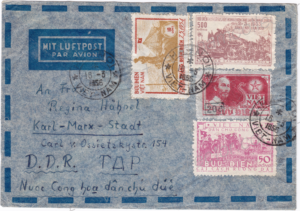

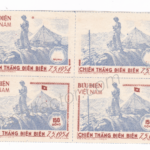


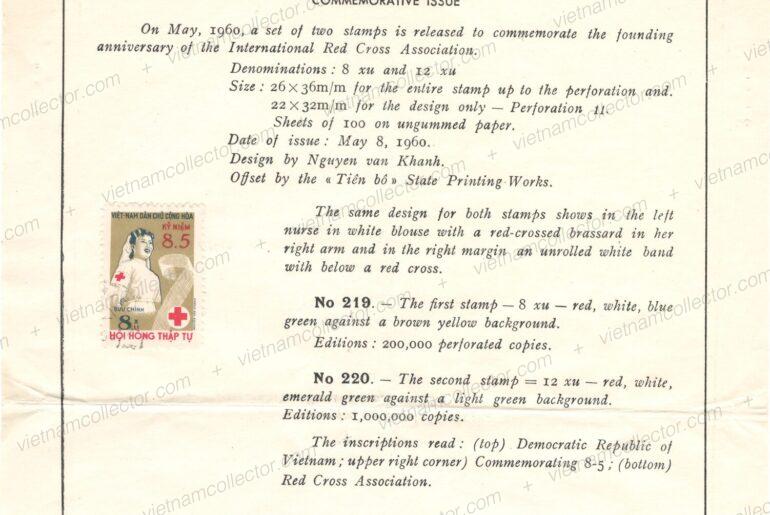
Comments are closed.